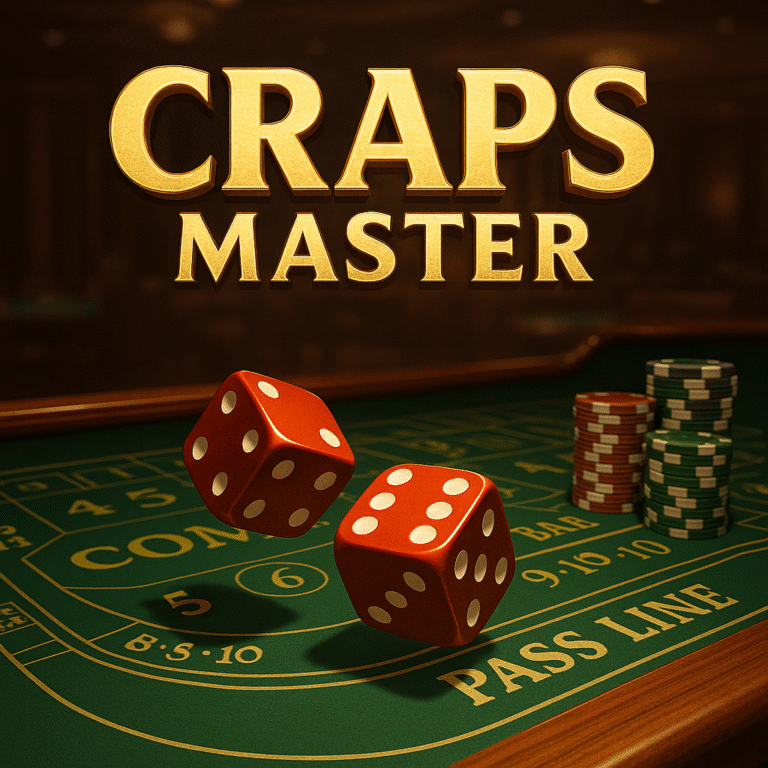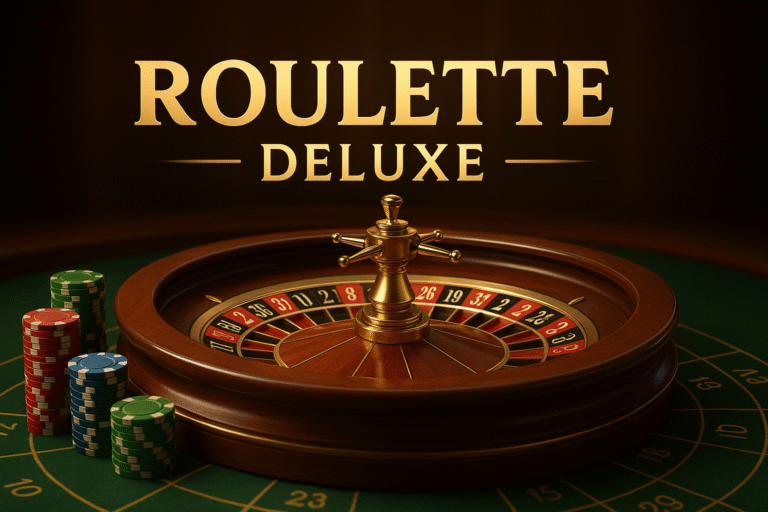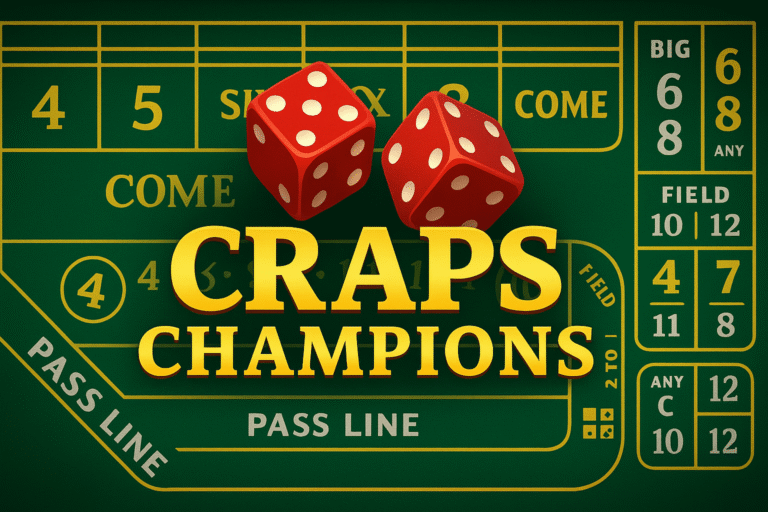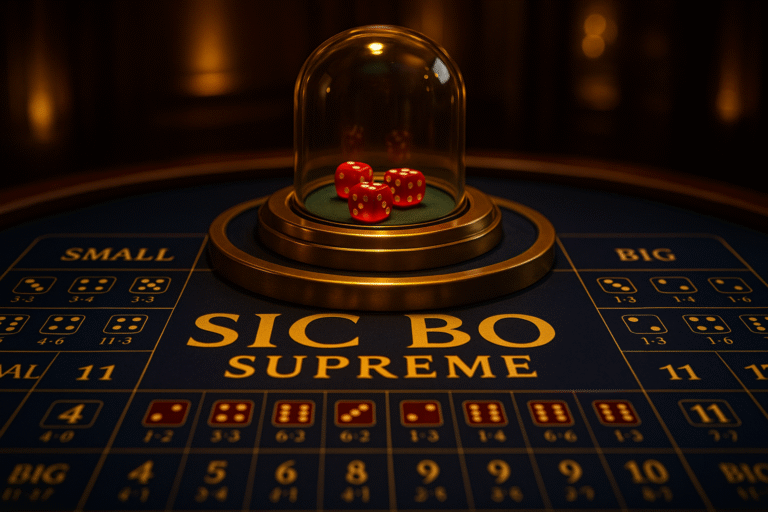
Introduction
In the high-stakes world of Texas Hold’em, mastering the art of bluffing can be the difference between walking away with the pot or folding under pressure. Bluffing isn’t just about deceiving your opponents—it’s a complex psychological strategy that requires timing, observation, and emotional control. Whether you’re playing at a local casino or testing your skills online on platforms like Dewakoin, understanding the science behind bluffing can elevate your game and give you a competitive edge.
In this article, we’ll break down the psychology, strategy, and science of bluffing in Texas Hold’em, helping you perfect your poker face and outsmart your opponents.
1. What Is Bluffing in Texas Hold’em?
Bluffing is a strategic move where a player bets or raises with a weak or marginal hand to make opponents believe they have a stronger hand, causing them to fold.
Types of Bluffs:
- Pure Bluff: Betting aggressively with a completely worthless hand, relying entirely on deception.
- Semi-Bluff: Betting or raising with a drawing hand that isn’t strong yet but could improve (e.g., a flush or straight draw).
- Continuation Bet (C-Bet): Betting after leading pre-flop, regardless of how the flop improves your hand, to represent strength.
- Stone-Cold Bluff: Bluffing in situations where you have no outs to improve your hand.
- Opportunistic Bluff: Bluffing when opponents show weakness, regardless of your hand strength.
Conclusion: Bluffing isn’t just random deception—it’s a calculated move that involves understanding your opponents and the situation.
2. The Psychology Behind Bluffing
Bluffing taps into human psychology and behavior. Understanding how people think and react under pressure can give you a strategic advantage.
Exploiting Fear and Risk Aversion
- Most players are naturally risk-averse and fear losing their chips.
- Aggressive bets can trigger this fear, prompting opponents to fold marginal hands.
Reading Opponents’ Tells
- Physical tells (in live games) like shaking hands, eye movement, or changes in breathing can indicate strength or weakness.
- In online poker, bet sizing, timing, and chat behavior can serve as virtual “tells.”
Creating a Table Image
- Your playing style influences how others perceive you.
- Tight Players: Rarely bluff but can pull off big bluffs when they do.
- Loose Players: Bluff more frequently but are often called down.
- Balancing your image between aggression and caution can make your bluffs more effective.
Conclusion: Understanding opponent psychology is crucial to executing successful bluffs.
3. When to Bluff (and When Not To)
Bluffing isn’t always the best strategy. Successful bluffing requires the right timing and circumstances.
Ideal Bluffing Situations:
- Against Tight Players: Tight players are more likely to fold when faced with aggression.
- When in Late Position: Acting last allows you to read your opponents’ actions before deciding to bluff.
- Dry Board Textures: Boards with few drawing possibilities (e.g., low, unconnected cards) are ideal for bluffing.
- Heads-Up Situations: Bluffing works best against a single opponent rather than multiple players.
- When You Have a Table Image of Strength: If you’ve played conservatively, your bets are more likely to be respected.
When NOT to Bluff:
- Against Loose Callers: Some players call bets regardless of hand strength, making bluffs ineffective.
- On Wet/Draw-Heavy Boards: Boards with many draw possibilities (e.g., two suited or connected cards) make opponents more likely to call.
- Against Beginners: New players often call too often out of curiosity.
- When Your Stack Is Low: Bluffing can be too risky with a short stack, as losing chips can be more damaging.
Conclusion: Bluffing is situational. Knowing when to bluff and when to fold is key to success.
4. The Science of Bet Sizing in Bluffing
Your bet size can make or break a bluff. A well-sized bet can pressure opponents, while a poorly sized one can expose your bluff.
Small Bets:
- Appear as value bets but may not apply enough pressure.
- Effective for bluffing on dry boards or when you want to build the pot.
Medium Bets:
- More believable as legitimate bets with a strong hand.
- Useful for semi-bluffs where you have drawing potential.
Large Bets:
- Apply maximum pressure but can look suspicious if inconsistent with the pot size.
- Best used sparingly and in situations where the pot is already large.
Pro Tip: Your bluffing bet should mirror how you’d bet with a strong hand to avoid suspicion.
5. Advanced Bluffing Techniques
1. Double and Triple Barrel Bluffing
- Firing a bluff on multiple betting rounds (flop, turn, and river) increases pressure.
- Works well when opponents are hesitant but requires a strong understanding of board texture and opponent tendencies.
2. Bluffing with Blockers
- Holding a card that reduces the chance your opponent has a strong hand (e.g., having the Ace of spades on a flush draw board) makes bluffing more credible.
3. Check-Raise Bluff
- Checking early in the betting round to appear weak, then raising when an opponent bets, flips the pressure onto them.
4. Polarized Ranges
- Representing either a very strong hand or a bluff with no in-between.
- Forces opponents to make difficult decisions with their marginal hands.
Conclusion: Advanced bluffing requires understanding game dynamics and opponent behavior to be effective.
6. Common Bluffing Mistakes to Avoid
Bluffing Too Often
- Overusing bluffs makes you predictable and easy to exploit.
Bluffing Too Rarely
- Never bluffing makes you too predictable, causing opponents to fold only when they’re sure you’re strong.
Bluffing into Too Many Players
- Bluffing works best against one or two players, not a crowded pot.
Ignoring Table Image
- Your bluff will be more successful if it aligns with your perceived playing style.
Poor Board Reading
- Bluffing on dangerous or coordinated boards often backfires.
Conclusion: Effective bluffing requires balance and awareness of the game state.
7. Bluffing in Online Poker vs. Live Poker
Bluffing strategies differ between online and live poker due to the absence of physical interaction online.
Bluffing Online:
- Focus on bet patterns, timing tells, and opponent tendencies.
- Semi-bluffs and continuation bets are more common.
- Use your position and stack size to apply pressure.
Bluffing Live:
- Observe physical tells and player behavior.
- Leverage your table image and body language.
- More room for psychological tactics like staring or silence.
Pro Tip: On platforms like Dewakoin, analyze betting patterns to identify bluffing opportunities.
Conclusion
Bluffing in Texas Hold’em is as much a science as it is an art. It requires a deep understanding of psychology, game dynamics, and strategic betting. While luck plays a role in poker, successful bluffing depends on your ability to read the table, analyze opponents, and execute well-timed bets.
By mastering the science of bluffing—knowing when to bluff, how much to bet, and how to adapt your strategy—you can transform your game and keep your opponents guessing. Whether you’re playing live or online on platforms like Dewakoin, a well-executed bluff can turn even the weakest hand into a winning one.
So, sharpen your strategy, perfect your poker face, and make every bluff count!



